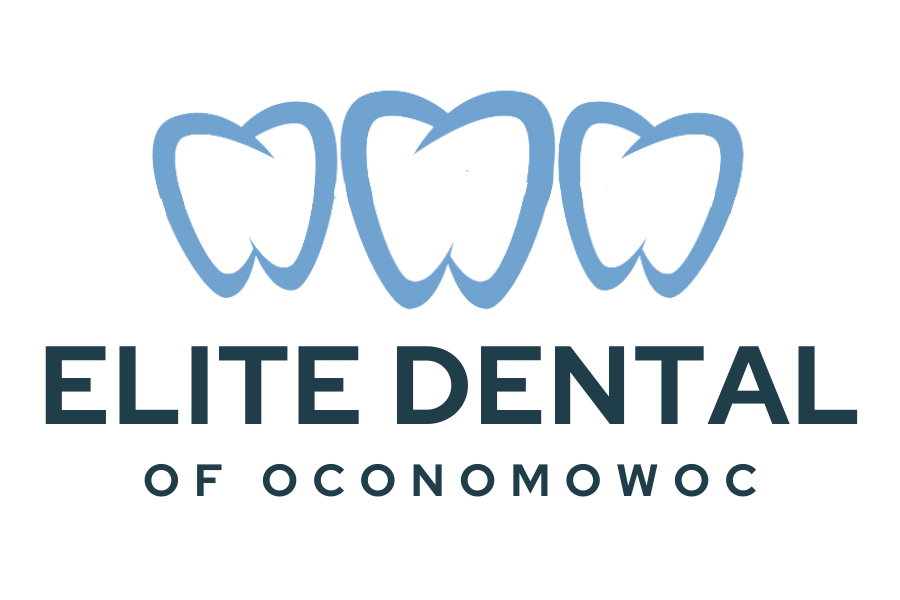Dental Caries: How They Are Formed and What You Can Do to Prevent Them

Dental caries (cavities) are the most common form of oral disease known to man, and the process of getting caries is called tooth decay.
Tooth decay is the destruction of your tooth enamel — the hard, outer layer of your teeth. This issue can affect children, teens, and adults. Plaque, a sticky film of bacteria, is constantly forming on your teeth. When you eat or drink foods or beverages containing sugars, the bacteria in plaque produce acids that attack tooth enamel. The stickiness of the plaque keeps these acids in contact with your teeth, and over time the enamel can break down, according to the American Dental Association (ADA).
The types of caries formed can be broken down into two major groups:
Pit and Fissure Caries
These are found most often on the chewing surfaces of the back (molar and premolar) teeth, and the back of the front (anterior) teeth. Your teeth are composed of several sections of enamel, and where these sections meet, pits and grooves can trap plaque, causing decay. The proper application of pit and fissure sealants, a hard plastic material applied to seal the grooves and pits when the teeth have erupted, can prevent this type of dental caries. The sealants also make it less likely that you will need restorations (fillings) on those surfaces of the teeth.
Smooth Surface Caries
These are found most often along the gumline or where two teeth touch (interproximal or the space between teeth), if plaque forms in those areas. With the proper use of dental floss, you can prevent the most smooth surface caries in the interproximal area, and using a manual or power toothbrush along the gumline can prevent caries in that area as well.
To read the entire article written by Richard A Huot, DDS, please visit Colgate.com
Drs. Leaman, Setnicar & Piacsek, S.C.
James Leaman DDS, Joseph Setnicar DDS, Stacie Piacsek DDS
820 Summit Avenue
Oconomowoc, WI 53066
262-567-4466
